How to Capture Kids in Documentary Photography
Photographer’s child syndrome is real at the best of times, but these days with most of us stuck at home, it’s even more tricky to get photos of our kids!
For that reason we love a documentary style approach to capturing our kids in photos. It not only takes the pressure off for those of us whose kids refuse to stop and pose, but it’s also a solution to the problem of what to shoot.
Why? Because documentary photography is all about capturing what’s happening around you, and it’s a beautiful way to tell your family story of the everyday.
So this week’s highlight reel is a collection of wonderful documentary style kids photos taken by our Grads, which cover a whole lotta stories you can tell about your own family!
1. Capture the Quiet Moments
There’s something so special about the quiet moments, the way kids get lost in their own little worlds when they’re building, drawing, or playing with their favourite toys. These moments might feel small, but they’re full of personality and emotion.
When capturing these moments, look for soft, natural light coming through a window for the most flattering and illuminating images.
Pay attention to your composition by using the rule of thirds to keep the focus on your child while allowing their environment to enhance the story. A 35mm lens is great for this style as it allows you to include all the details without having to step back too far.
Try shooting from a lower angle to get a more intimate perspective.
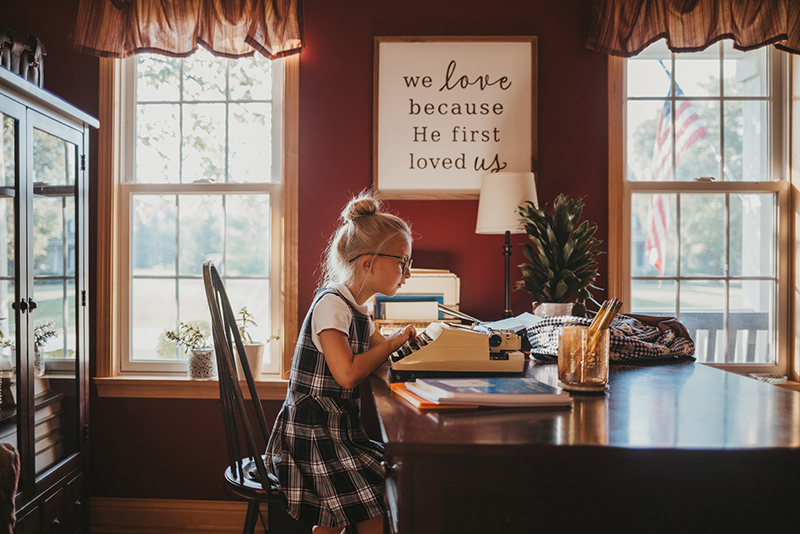
Pam Gosenheimer, CLG Advanced Grad
Life doesn’t always happen in amazing light, so boost your ISO and learn to embrace the grain. In the olden days, film photography always had an element of grain, and some of the world’s most lauded images are very grainy. So our digital obsession with grain free images makes no sense. So a bit of grain is ok… really, it’s ok.
Related: Embracing High ISO
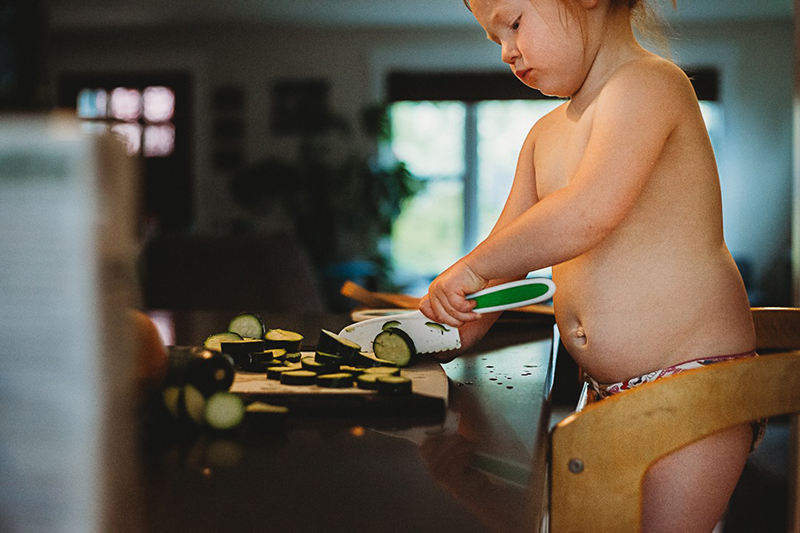
Ali Vrbas, Advanced Graduate – anything for the shot! This was captured using ISO 4000 and the resulting grain doesn’t negatively impact this beautiful image.
The top down perspective of these next two photos gives the perfect view of the action.
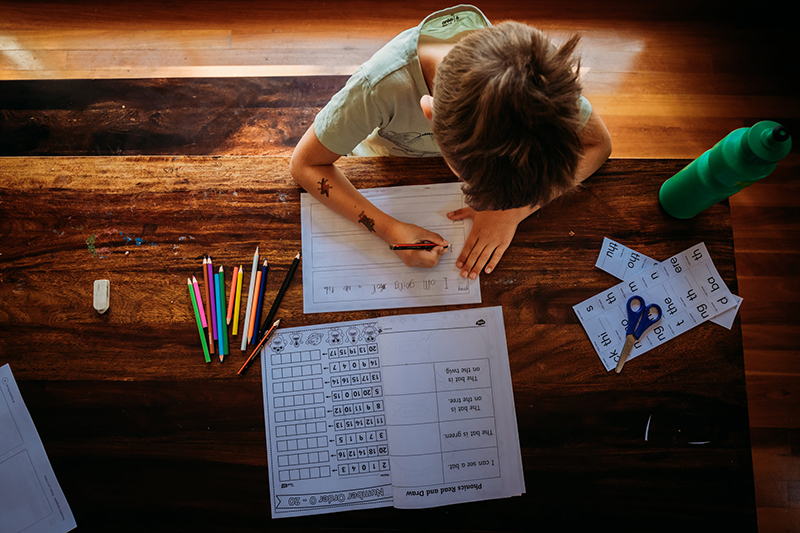
Kirsty Nealon, CLG Advanced Grad

Toni McDonald, CLG Advanced Grad
Art play is a perfect activity to capture because they’re not running away! It also offers lots of details you can focus in on, including serious expressions of concentration.
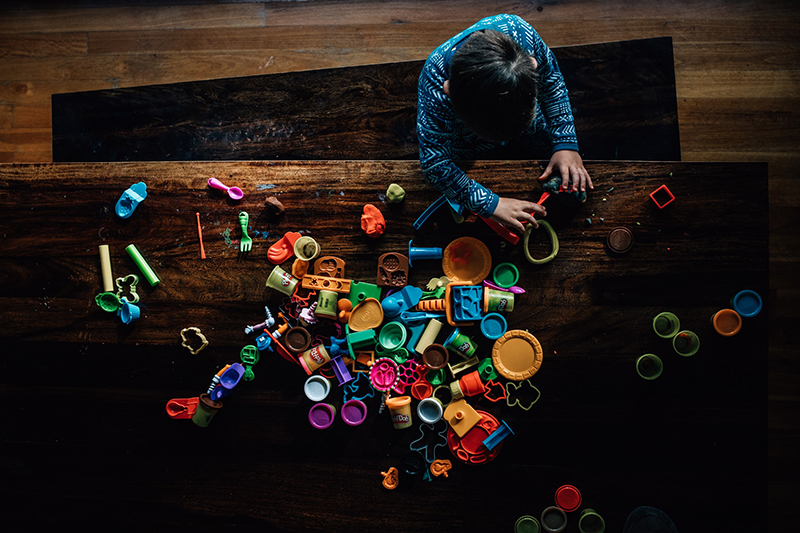
Kirsty Nealon, CLG Advanced Grad

Dana Whitley, Advanced Grad
Not all quiet moments happen indoors.

Dana Whitley, CLG Advanced Grad
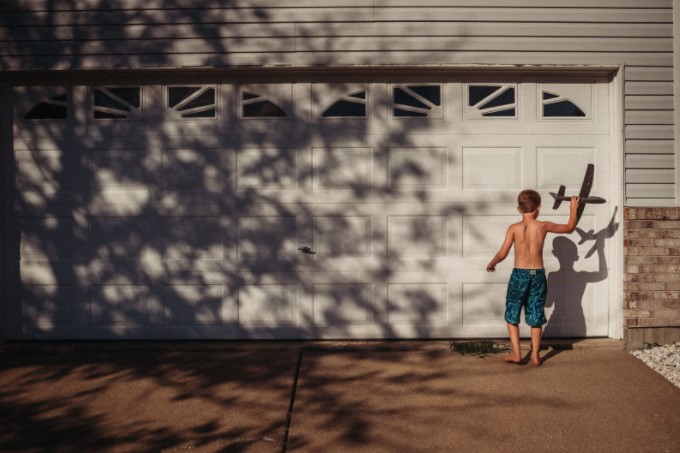
Dana Whitley, CLG Advanced Grad 
Dana Whitley, CLG Advanced Grad
2. Routine
We don’t think to capture our family’s daily rituals to include in our family albums because they’re seemingly a non-event. Instead we’re always on the lookout for more momentous occasions, such as a beautiful big smile in good light, or our baby’s first birthday, Christmas Day, first day of school, etc. And whilst those events are a must to be captured, they don’t share any information about our everyday lives, when nothing much is happening.
So look at your family’s daily rituals with new eyes, include the environment for context, snap away and tell your story!

Becca Lord-Lyon, CLG Advanced Grad

Kirsty McKenzie, Graduate – breakfast time

Dana Whitley, CLG Advanced Grad
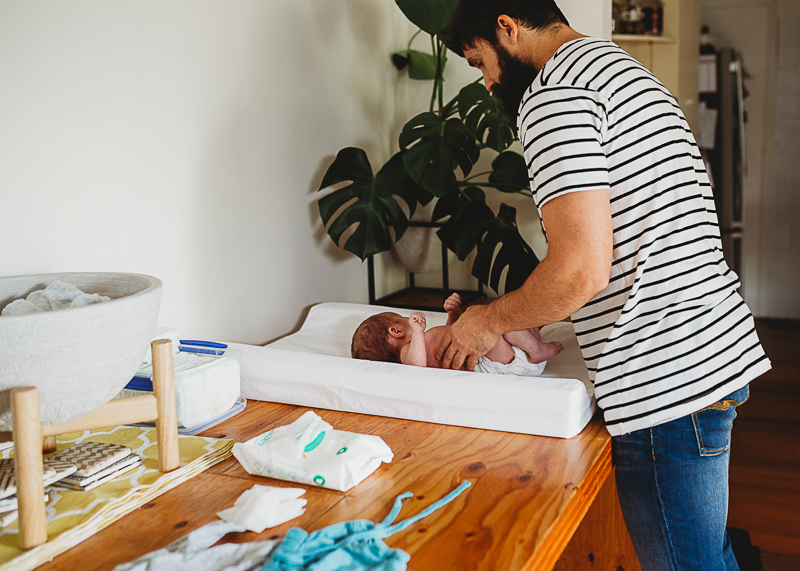
Claire Eastman, Advanced Graduate – change time
Black and white photography is very forgiving on grainy images, so if you’re light challenged and have to push your ISO to the point your images are grainier than you’d like, convert to B&W!
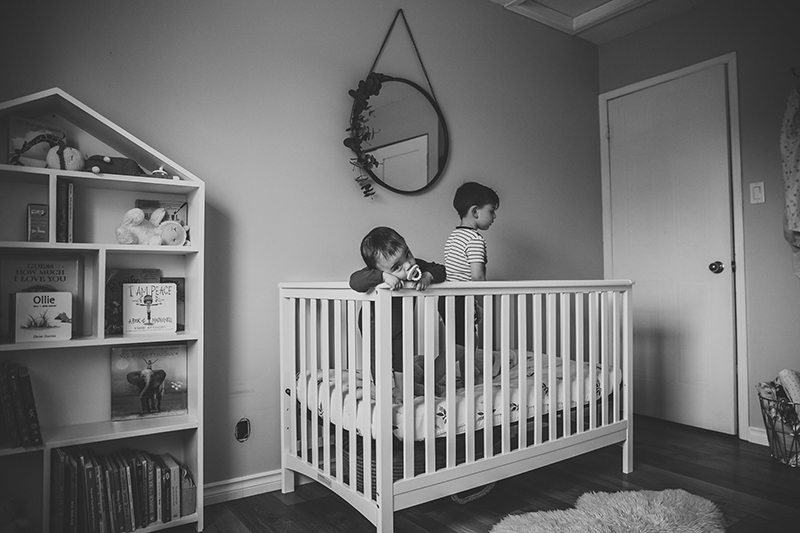
Charlie O’Neill, Advanced Graduate – nap time (or is it?)
3. Light
Turn the ordinary into the extraordinary simply by looking for amazing light and using it.
This first image is a small patch of beautiful morning light filtering through a window, just waiting for someone to move into it.
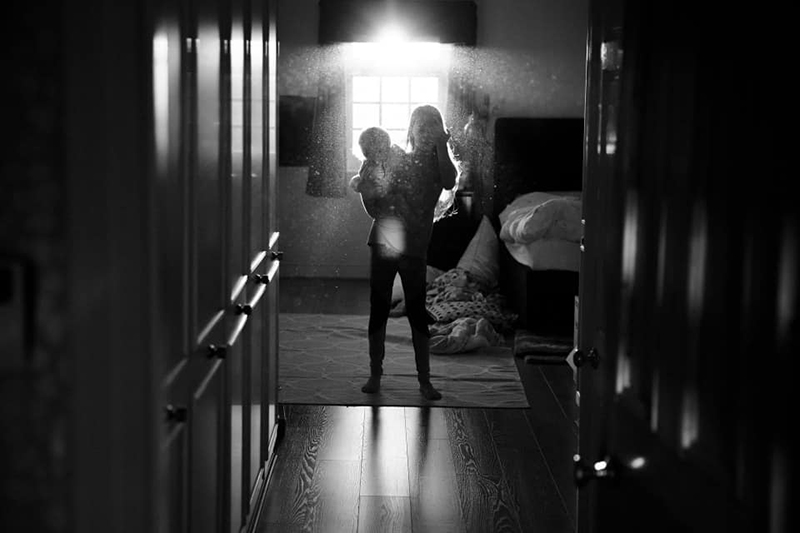
Mandy Jane Dalby, Advanced Graduate
A beautiful backlit shot… and Pam has balanced her exposure perfectly and created a low key shot, to avoid blowing out the the bright back light and still retain plenty of detail in her subject.
Related: How to Capture a Silhouette Photo
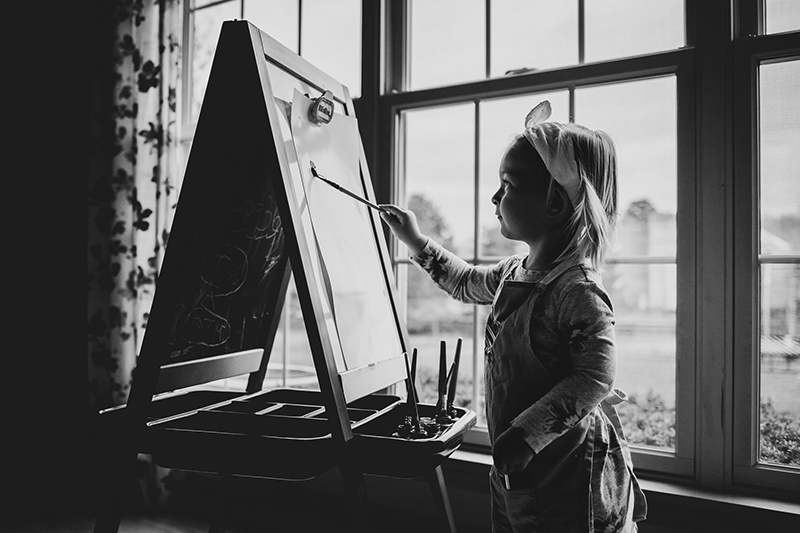
Pam Thorne-Gosenheimer, Graduate
Look for hard light patterns on walls to add interest and level up everyday moments. Expose for the brightest part of the image so you don’t blow out the highlights, and let the rest of the tones fall in line for a beautiful, low to mid key image.
Related: Embrace Hard Light and Try Shadow Photography
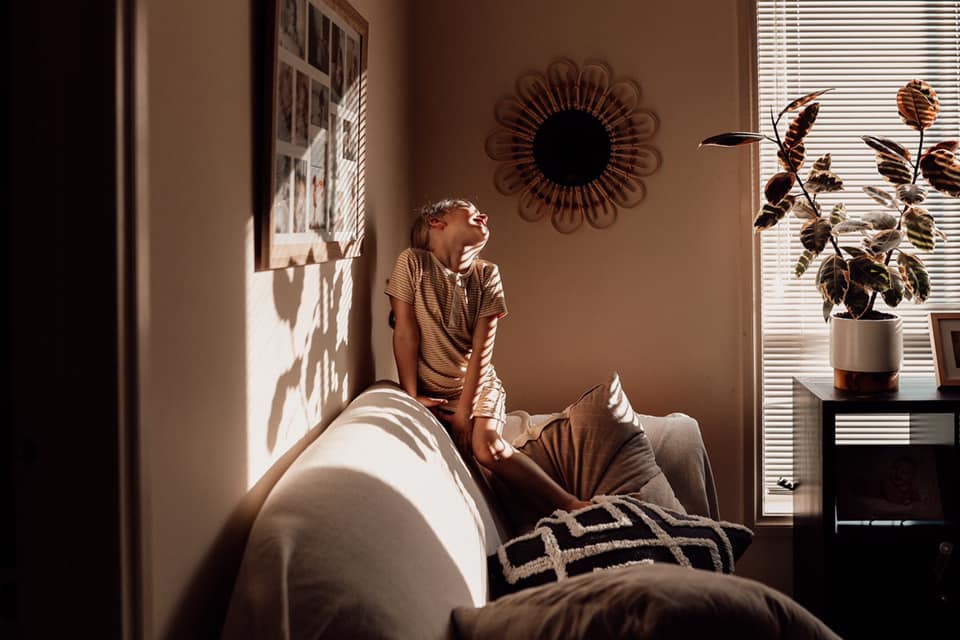
Claire Eastman, Advanced Graduate
This image is shot late in the day with the sun low in the sky and just about to dip below the trees. Use a narrow aperture of around f/13 to f/18 and bear in mind the narrower your aperture, the sharper and more defined the sunrays will be, so make that decision based on personal choice. The flares add a magical, dreamy feel and are created when the sun hits the lens directly.
Related: How to Capture a Starburst
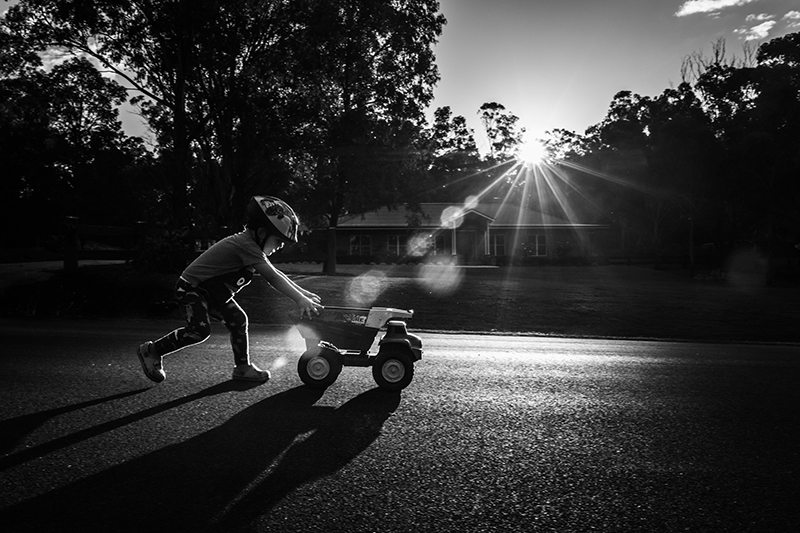
Kirsty Nealon, Advanced Graduate
Have fun with silhouettes. This next shot is created very intentionally by placing a light source like a table lamp behind the action, and a sheer fabric in front.

Pam Gosenheimer
And this one is created simply by placing your subject in front of a natural light source. This is best done when the light is not too bright, then expose for that light (as, correctly expose for the light behind your subject) and this in turn will put your subject in shadow.
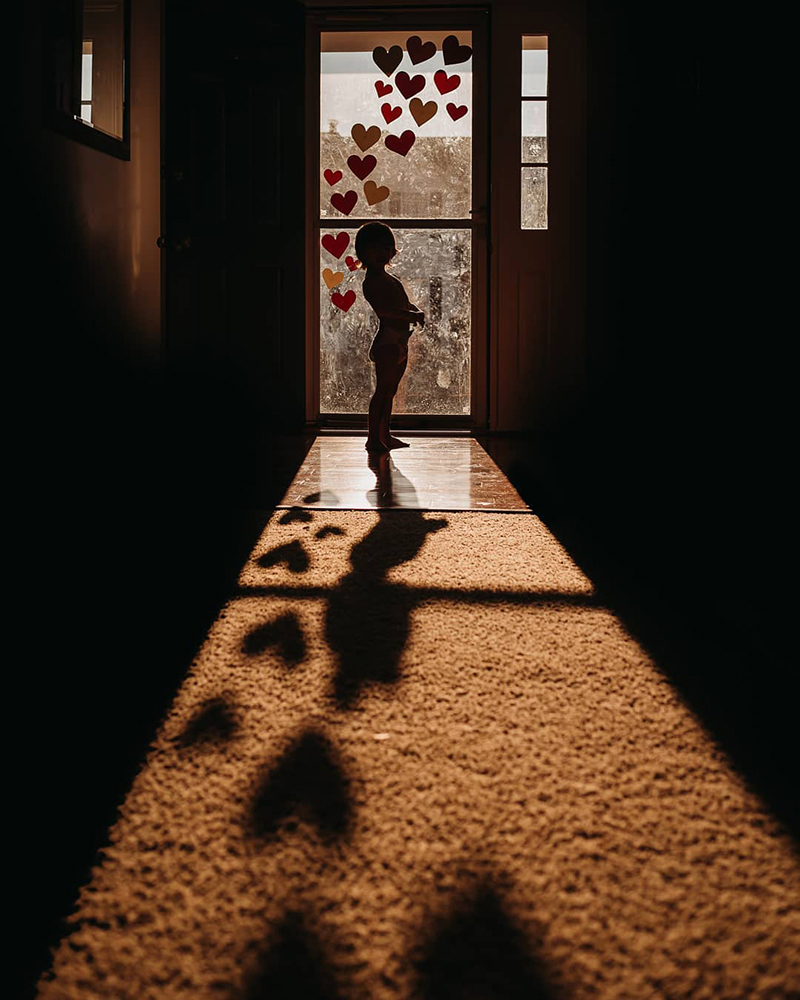
Dana Whitley, Advanced Grad
4. Emotion
Life isn’t always sunshine and unicorns… capture all the emotions.
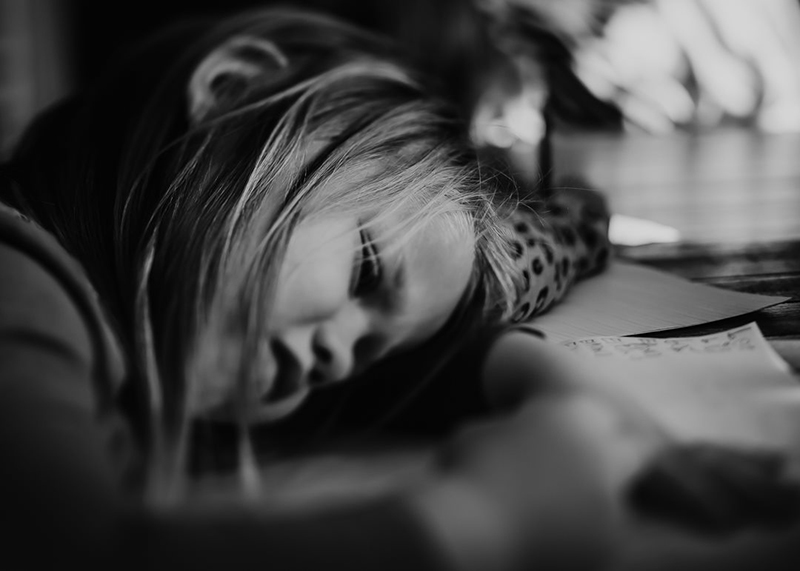
Kirsty McKenzie, Graduate – isolation home schooling… some days are just dog days

Amanda Marenghi, CLG Advanced Grad

Amanda Marenghi, CLG Advanced Grad
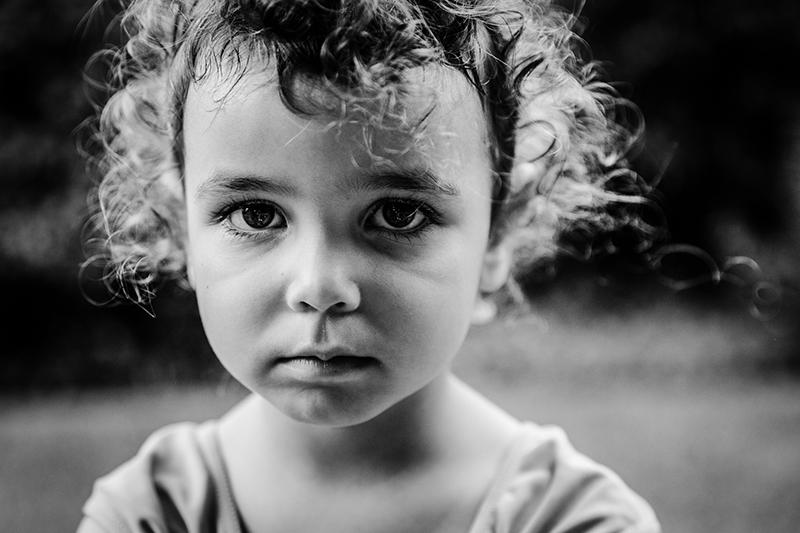
Sue Thorn, CLG Advanced Grad
5. The Great Outdoors
Our everyday moments don’t all happen indoors. When your kids get outside to play, just follow and snap what’s happening. Use a fast shutter speed to freeze the motion and try using continuous focus drive mode on your camera so that when your subject moves, your camera will adjust to keep them in focus. Most DSLR’s have this function, and if you’re not sure how to find it on yours, look under drive modes in your user guide, then head to this tutorial to learn how to use it.
Related: Get Sharp Photos of Kids in Motion

Heidi Talic, CLG Advanced Graduate
Don’t try and isolate your subject by framing tight. Instead, showcase their play space while giving your image plenty of room for the suggestion of action to happen.

Kirsty Nealon, CLG Advanced Grad
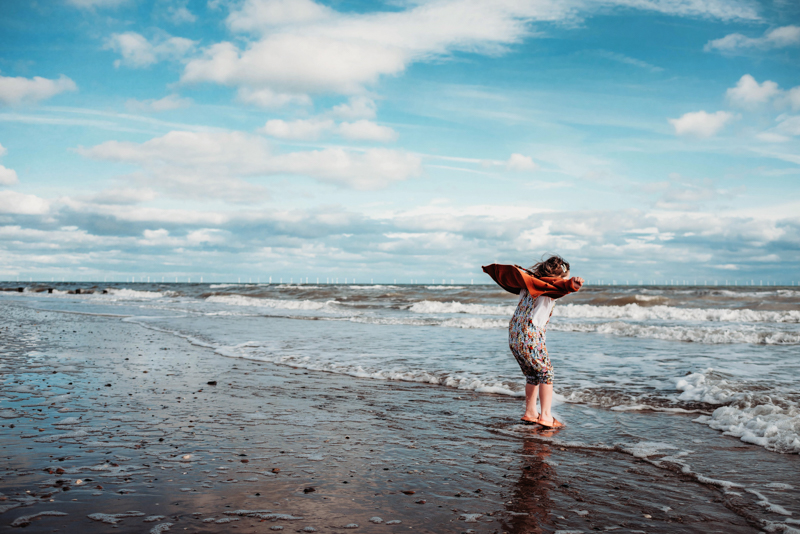
Becca Lord-Lyon, CLG Advanced Grad
6. Shoot Through
Get creative with your compositions and frame your subject by shooting through windows, doorways, or grabbing their reflection in a mirror.
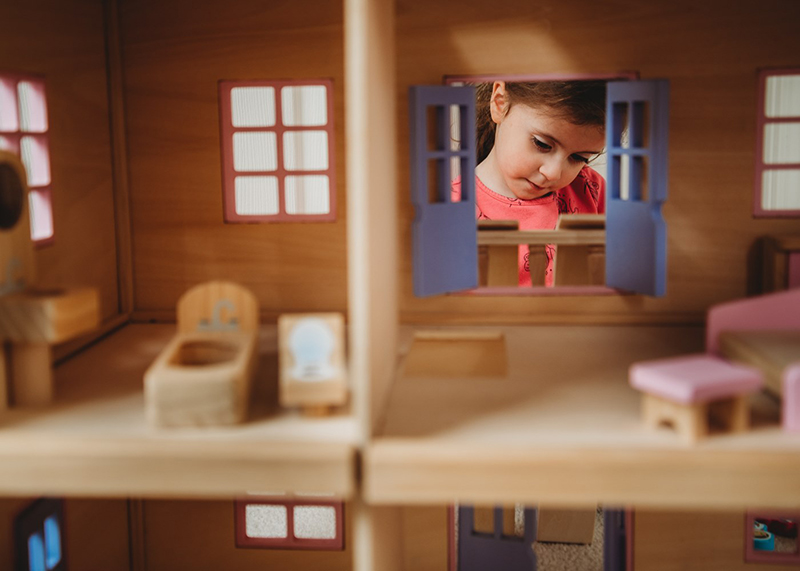
Julie Arace, CLG Graduate
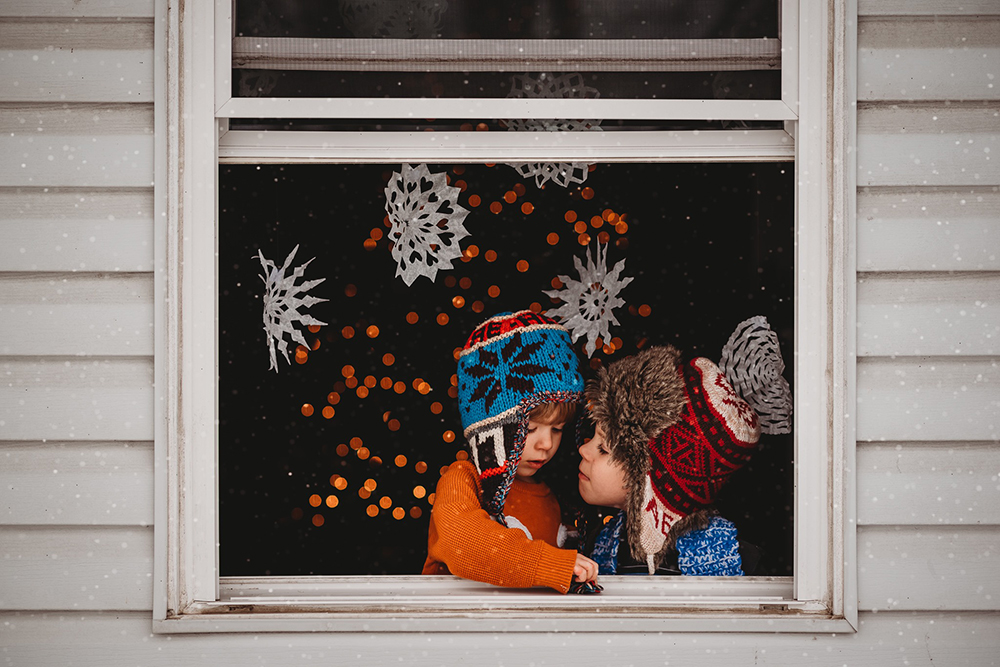
Dana Whitley, Advanced Graduate
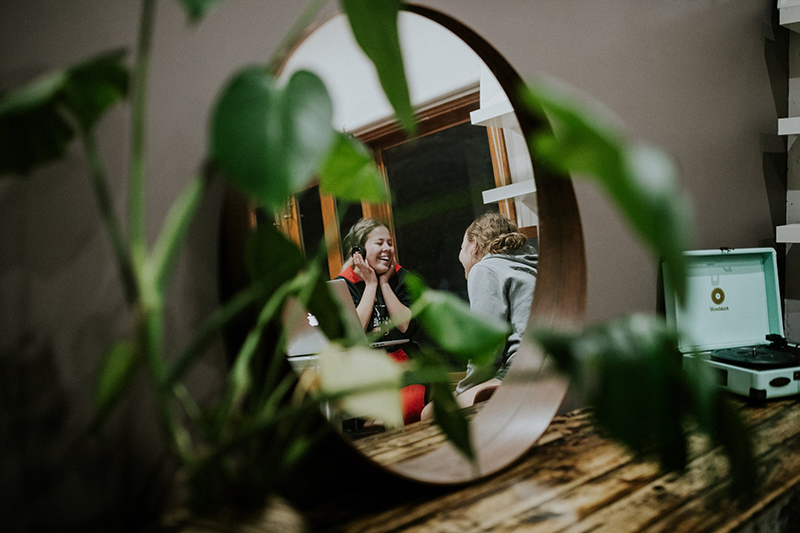
Bronwyn Pickering, CLG Instructor

Dana Whitley, Advanced Grad
7. Cooking
Not many kids will say no to the offer of baking a cake especially if they can do most of it themselves while you quietly move around taking photos of the action. If you’re light challenged in the kitchen, open up all the window coverings, use the widest aperture available on your lens, and embrace your ISO.
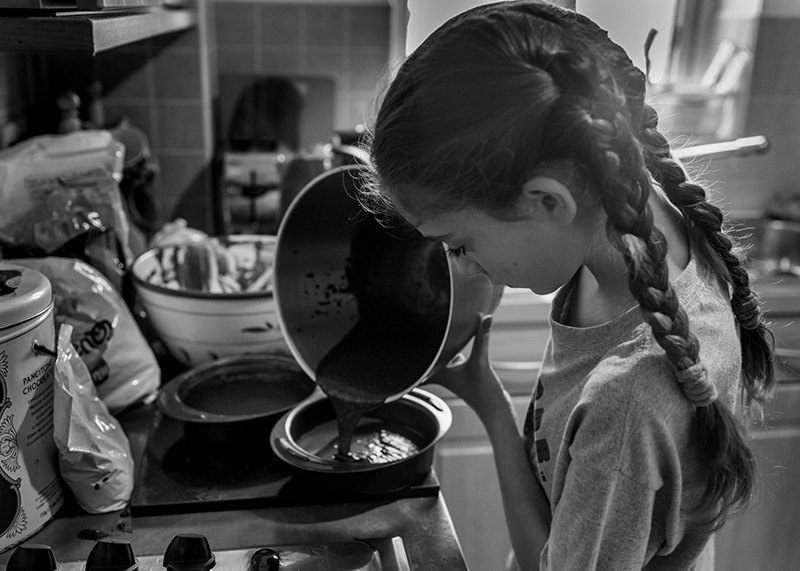
Esme Matthews, Advanced Graduate
Don’t forget to try lots of different angles and frames, and focus in on details.
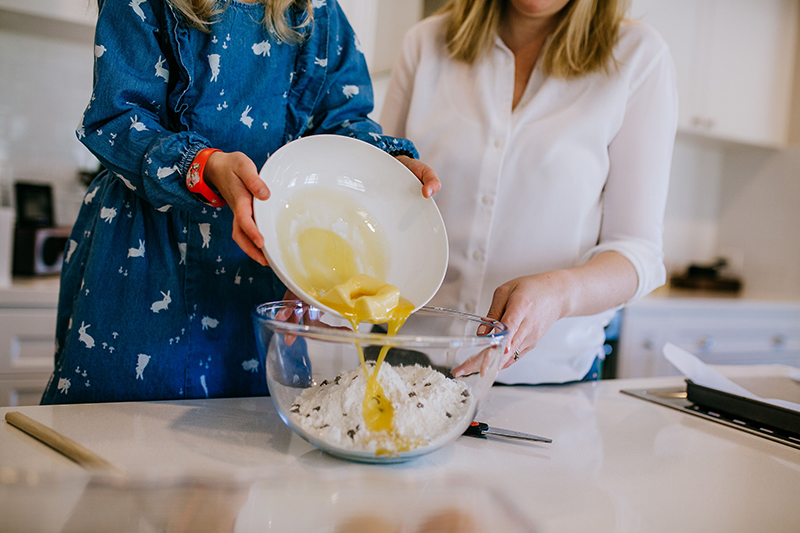
Lauren Kennedy, Graduate
8. Best Lens for Documentary Photography
Including the environment is a key element of storytelling photography because it adds context, and for that reason we think 35mm is a perfect focal length for documentary photography. It’s not a hard and fast rule mind you, but this focal length enables us to include the environment without needing to step back too much from our subject, and the distortion that wide angle lenses are known for isn’t overly obvious. If you’re using a crop sensor camera, around 20-24mm will get you the same look as a 35mm lens on a full frame camera.

Kirsty Nealon, Advanced Graduate – 35mm enables you to include the environment without having to step too far away and lose your subject in the frame.
We hope these images from our talented Grads and our tips inspire you to get the camera out and capture your everyday! Enjoy!
Join my photography workshop and learn How to Shoot Pro-Quality Photos With Your DSLR… and it’s totally FREE to join! Register here…

Leave a Reply Cancel reply
PRIVACY POLICY & SITE TERMS AND CONDITONS
CLICK LOVE GROW ™ Pty Ltd - COPYRIGHT 2024 ©
x
Join Now
Enter your info below to join the challenge!
Want a friendly reminder when I go live?
Pop in your number and I’ll shoot you a text.
* We will send text reminders for our live calls during the challenge! Reply ‘STOP’ to end or ‘HELP’ for help.
We promise not to ever share your details with anyone or send you spam! Check our privacy policy and terms of service.
Be the first to comment